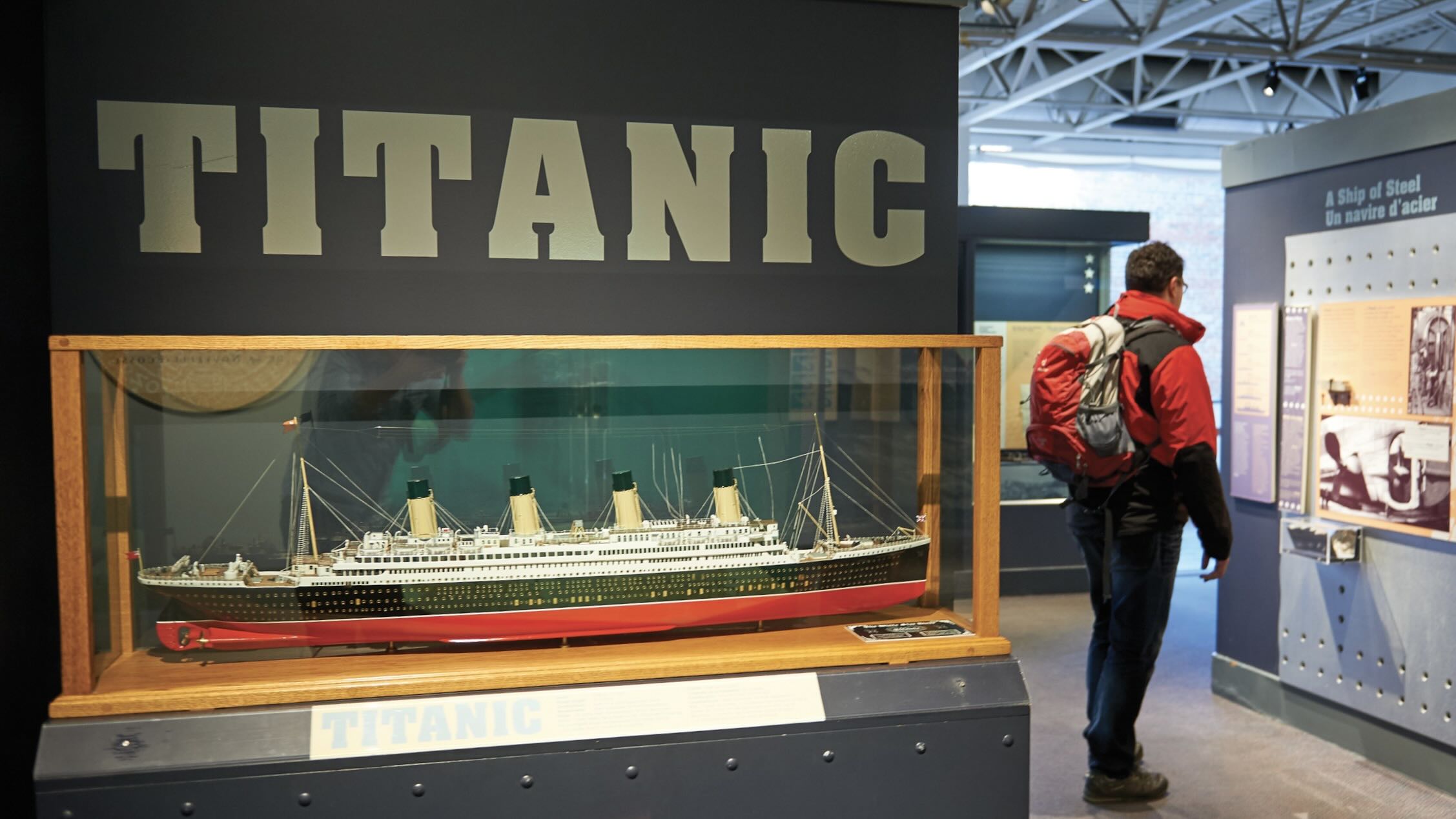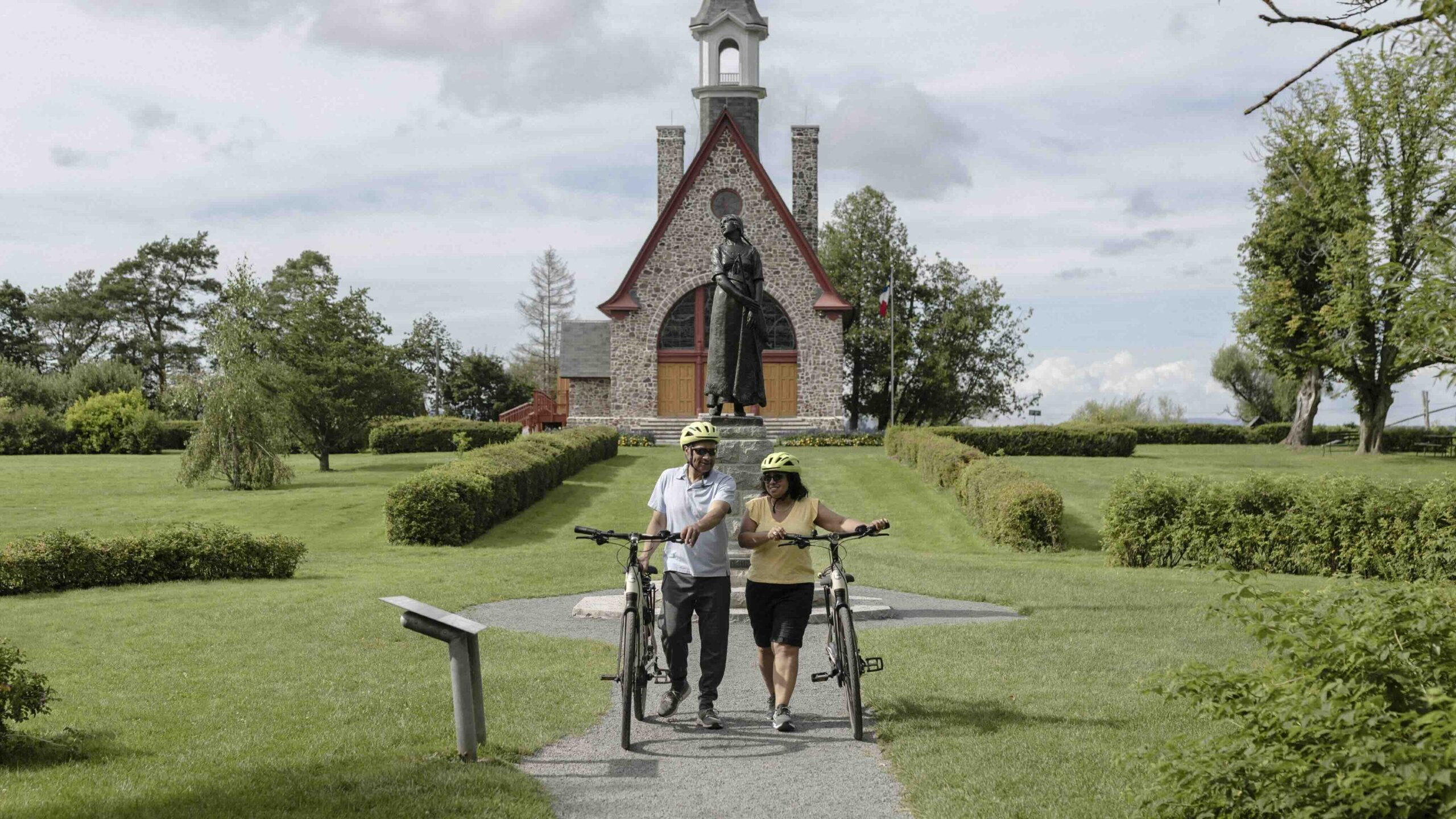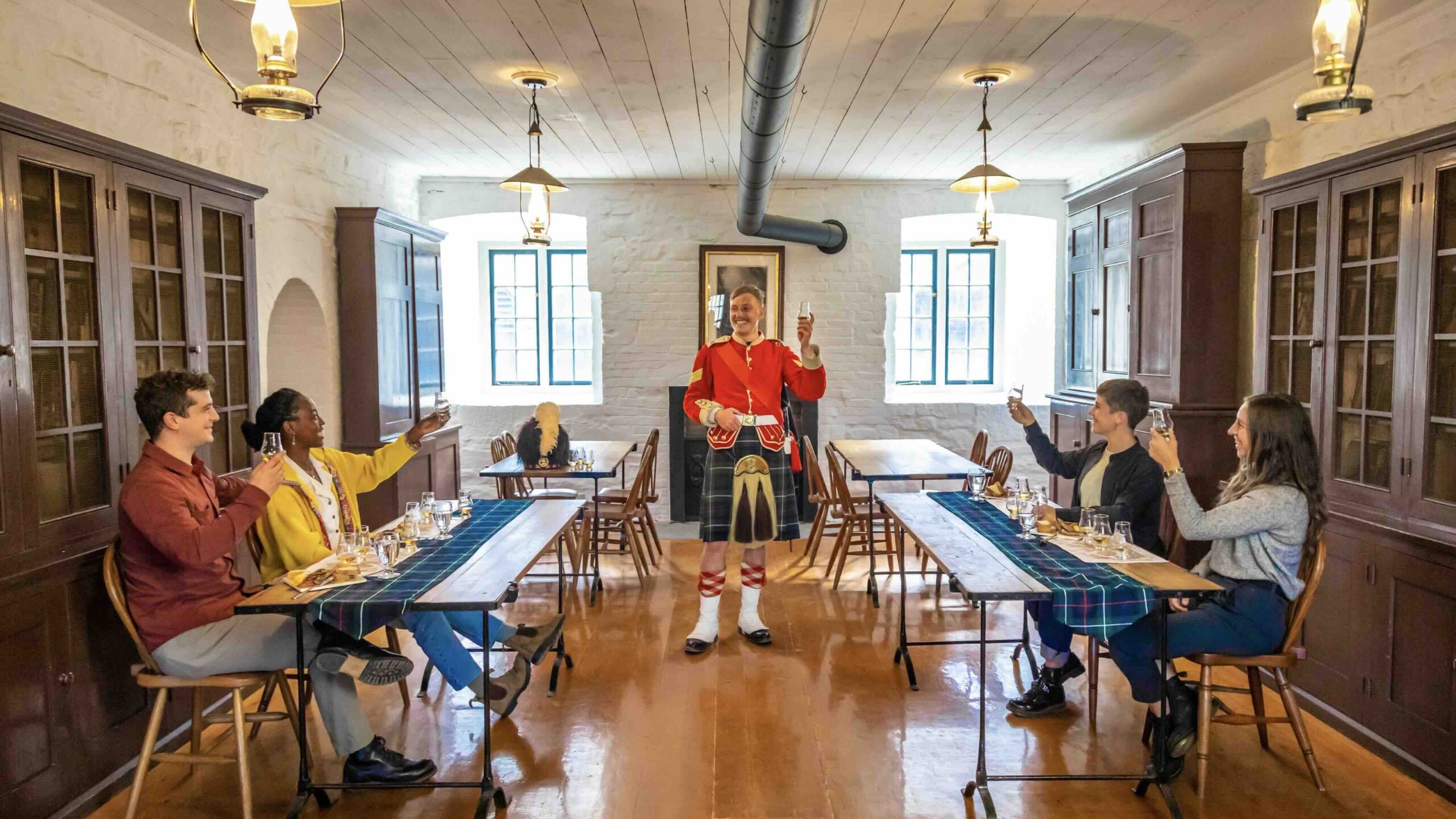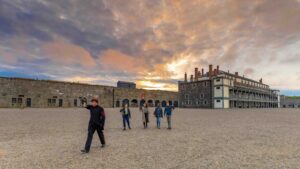Photo: Tourism Nova Scotia / Acorn Art & Photography
From spirit tours to tracing family roots, Contributor James Ross explores some of the best attractions and museums in Halifax
Atlantic Canada‘s biggest city, Halifax deftly blends the past with the present to produce a skyline dotted with elegant 18th- and 19th-century architecture alongside ultra-modern towers of glass and steel. The heart of Halifax is perfect for exploring on foot, with tree-lined streets, international restaurants, galleries, libraries, and museums, including the Halifax Citadel, Pier 21, George’s Island, and the Maritime Museum of the Atlantic.
Inviting sidewalk cafés tempt you to while away a few hours amid park-like waterfront and historic settings in busy downtown Halifax. Better still if the bustling harbour, which entertains ship traffic from every corner of the globe, serves as your backdrop.
To help you plan your perfect Nova Scotia getaway, here are a few tips and tactics I picked up on a recent trip spent visiting some of the best attractions and museums in Halifax.
Exploring the Best Halifax Museums and Attractions
Raise the Spirits at the Halifax Citadel National Historic Site

I had thought a Raise the Spirits tour of the Halifax Citadel would be a great way to spend an evening in Halifax, trouncing around in the shadows of the ramparts of this National Historic Site, breathlessly anticipating whatever sinister apparition might lurk around each corner. After all, the tour had begun rather well, and the “spirits” being raised – whisky, of course – were both uplifting and calming.
After hiking up Citadel Hill to its star-shaped fortress sitting strategically atop, it becomes abundantly clear why this commanding hilltop location was chosen in 1749 for the Halifax Citadel to protect the city. I am met at the fortress gates by Sergeant Andrew Crawley. Playing the part of a 78th Highlander from the period 1869-71, Crawley is handsomely dressed in his red doublet and kilt, and says the regiment was popular with Haligonians because they brought colour and pageantry to the city.
Our small group is led inside. On a paper placemat filled with tasting notes, three special Glencairn nosing glasses stand in a line. Each is placed on the name of the spirit it contains: Noon Gun Gin, Fort George Genever, and Daily Ration Rum. A bonus glass of Granite & Grain Whisky stands behind them.

The everyday life of a 19th-century soldier included alcohol, and from persuading the enlistment of recruits to fortifying one’s resolve in the field, alcohol is a part of the Halifax Citadel’s story. In 1869, a daily alcohol ration was the high point for many soldiers and the stories associated with this reality abound. The Halifax Citadel Society has partnered with Compass Distillers to create three unique spirits, all aged in oak barrels and stored on-site. Compass distills Noon Gun Gin from Nova Scotia wheat and 10 traditional botanicals, such as juniper and coriander. The gin and the other Compass spirits are aged right here in the North Magazine at the Citadel.
By the time we leave the tasting for the second part of our spirited experience, we have certainly been fortified enough to handle the Citadel’s dimly lit passageways, shadowy inner chambers, dark tunnels, and airless prison cells.
I had thought this “Raise the Spirits” tour would be a great way to spend an evening in Halifax: trouncing around in the shadows of the ramparts of this National Historic Site, breathlessly anticipating whatever sinister apparition might lurk around the corner. But the only spirits we encountered were uplifting and calming, and the views down to the city lights of Halifax as I exit are wonderful.
Find out more about this and other unique experiences at Halifax Citadel National Historic Site.
Trace Your Roots at Pier 21

Just as Pier 21 was a new start for the nearly one million immigrants to Canada between 1928 and 1971, a journey into your family history could also begin here at the Scotiabank Family History Centre. Located on the Halifax waterfront, the Canadian Museum of Immigration at Pier 21 is the place to go to find out more about Canada’s immigrant history, with beautiful exhibits detailing the experiences of those who made their way here on ships through first-person accounts, photos, artifacts, and interpretive displays about how immigration has shaped the country.
I learn that one in five Canadians is related to someone who was processed here. Perhaps the most fascinating part of this museum is the opportunity for visitors to map their own family tree. Before your visit, you can send the archival research staff information on your own family’s immigration history, and they will have a portfolio ready for you on arrival.
They presented me with passenger manifestos and photos of the vessels that brought my great-grandfather and my grandmother to Canada. Lockhart Ross, aged 19, sailed on the Corean of the Allen Line from Glasgow in the UK to Montreal, Quebec, arriving in 1888. My grandmother, Hilda Williams, at age seven sailed from Liverpool on the Cunard Steamship Company’s vessel the Cunard, arriving in Halifax on June 5, 1903.
For details on what is one of the best Halifax museums, visit www.pier21.ca.
Explore the Titanic Exhibits at the Maritime Museum of the Atlantic

Also located on the Halifax waterfront, the Maritime Museum of the Atlantic is generally recognized as having the world’s finest collection of wooden artifacts from the Titanic. Halifax was the closest major port to the 1912 sinking, and therefore it was where the recovered bodies were brought, along with many pieces of wreckage.
These fragments are featured as part of the museum’s permanent exhibit. On display are hundreds of Titanic artifacts, including a deck chair and other items that together tell the story of the great ship’s only voyage. The Titanic exhibit will strike a chord with many, especially the personal stories. Learn about life aboard the ship including what it was like to be an immigrant in third class. Sit in a reproduction Titanic deck chair and check out over 50 artifacts collected as flotsam.
To make this museum visit even more poignant, head over to the Titanic Grave Site at Fairview Lawn Cemetery where 121 Titanic victims are buried, including a headstone for a J Dawson, dated April 15, 1912 (perhaps Jack from the famous movie?). It’s a very moving place to visit… especially when you read the headstones and think about how these people met their end.
Visit www.maritimemuseum.novascotia.ca for further details.
Take a Boat Ride to Georges Island

Sitting in the middle of Halifax Harbour is Georges Island National Historic Site, a place the native Mi’kmaq called home for thousands of years. The island is now one of five sites that make up the Halifax Defence Complex, forts and batteries constructed to protect Halifax from attack. Once considered the “key of Halifax Harbour,” the current features on the island date mostly from the second half of the 19th century.
A short 15-minute boat shuttle accesses the island from the Halifax waterfront. Discover how this little island and its fortifications played such a large role as a prison, as an internment camp for Acadians, in the development of Nova Scotia, and in the defence of Canada. Take a guided tour of the maze of brick tunnels built underground on the island beneath Fort Charlotte for the defence of the harbour.
Step Back into History at Grand-Pré

Just an hour’s drive north from Halifax has you at the Grand-Pré National Historic Site, one of six UNESCO Heritage Sites in Nova Scotia. The site and interpretive centre commemorate the Grand-Pré area as a centre of Acadian settlement from 1682 to 1755 and highlight the deportation of the Acadians from 1755 until 1762.
The Grand-Pré region was once populated by innovative French settlers in the early 1600s. A rather isolated community, they established unique fishing and farming methods to survive, living a semi-autonomous existence until trade with their English-speaking neighbours became more important than their French loyalties. In 1755, at the start of the Seven Years’ War, the British government was intent on securing an oath of allegiance to the crown, but the Acadians refused and were deported to other colonies.
Find out more here.
The Lobster Pound at Halls Harbour

In Nova Scotia, lobster is everywhere and is served in the most inventive ways. For a true Nova Scotian experience, take a short drive from Grand-Pré to the charming hamlet of Halls Harbour for a traditional lobster supper at the Halls Harbour Lobster Pound. This “lobster in the rough” dining experience has you pick your lobster from the tank to be prepared at the on-site cook shack.
While you’re waiting for your feast, local resident and long-time lobster lover Lowell Simpson will act as your host, showing the inside of the working lobster pound processing facility and highlighting how lobsters go from boat to plate, no matter the destination around the world.
You will also meet 17-pound, 79-year-old Gus. You won’t eat Gus, but you will get your claws into the freshest lobster you have ever had, and you will enjoy your feast in the waterfront dining room overlooking the Bay of Fundy while observing the highest tides in the world. At low tide, the wharf is high and dry, and the fishing boats wait patiently on the harbour bottom until the tide rises as much as an inch a minute to the 40-foot-high tide mark on the wharf.
Check out the Halls Lobster Harbour Lobster Pound for more info. And if you’re open to other ideas for great dining experiences, check out our article, The Best Seafood Restaurants in Halifax.
Take a Drive to Peggy’s Cove

No visit to Nova Scotia is complete without making the short 50-minute drive from Halifax to Peggy’s Cove. The authentic, colourful fishing village is a masterpiece of charming fish sheds, stacked lobster traps, and colourful fishing boats… and, of course, that graceful lighthouse that sits high on the rugged, wave-worn granite shore.
Tiny Peggy’s Cove Harbour is one of the most photographed places in Canada, so have your camera ready.
If You Go to: Tips & Tactics
The downtown historic sites and Halifax museums I visited are all within walking distance of each other or are only a short drive or taxi ride.
Watch the 1997 Titanic movie before your visit, check out the Maritime Museum of the Atlantic, and later search for a J. Dawson headstone at the Titanic Gravesite. No, it’s not Leonardo DiCaprio’s Jack Dawson character from the film, but it has piqued many peoples’ imaginations!
Remember, too, that the Parks Canada sites mentioned here are preserved or restored historical settings. Although every effort has been made to upgrade facilities such as washrooms to make them accessible to all, much is preserved as it was. This means there is uneven terrain and cobblestone lanes to navigate, and some lack elevators or ramps.

For general travel tips and ideas about these top Halifax museums and attractions, visit Tourism Nova Scotia and Discover Halifax.
Planning on stopping for a few nights? Check out these articles for ideas and inspiration regarding great places to stay in Halifax and across Nova Scotia:
The Top Luxury Hotels in Halifax, Nova Scotia
Authentic Maritime Getaways @ The Best Boutique Hotels in Nova Scotia
Hip & Chic: Cool Places to Stay in Nova Scotia
East Coast Elegance: The Best Luxury Resorts in Nova Scotia
Keltic Lodge – Nova Scotia’s Magical Retreat
___________________
Contributing Editor James Ross writes about destinations and travel adventures for various international publications. You can see more of his work at www.thejamesross.ca.


Meet England’s V8 Beauty: The Spectacular Eadon Green Zeclat
Contributor TMA Howe recently visited Yorkshire, England, for a close-up look at the luxurious Eadon Green Zeclat

Big & Bougie: The 2024 BMW X7 vs. 2024 Mercedes-Benz GLS
Pitting the 2024 BMW X7 M60i against the 2024 Mercedes-Benz GLS 580.Both have heaps of power through V8 engines and are big and bougie

Spirited Adventures at the Best Halifax Museums and Attractions
From spirit tours to tracing family roots, Contributor James Ross explores some of the best attractions and museums in Halifax

Old-fashioned Cutting Gardens Are Making a Comeback
Green-thumbed gardening enthusiast Andrew Wagner-Chazalon shares these tips for growing the perfect cutting garden

The Ultimate Bespoke Benz: Mercedes-AMG G 63 – G Wagen
Big, boxy, brawny and bespoke: there’s nothing quite like the “G-Wagen” Mercedes-AMG G 63 with its handcrafted AMG engine


